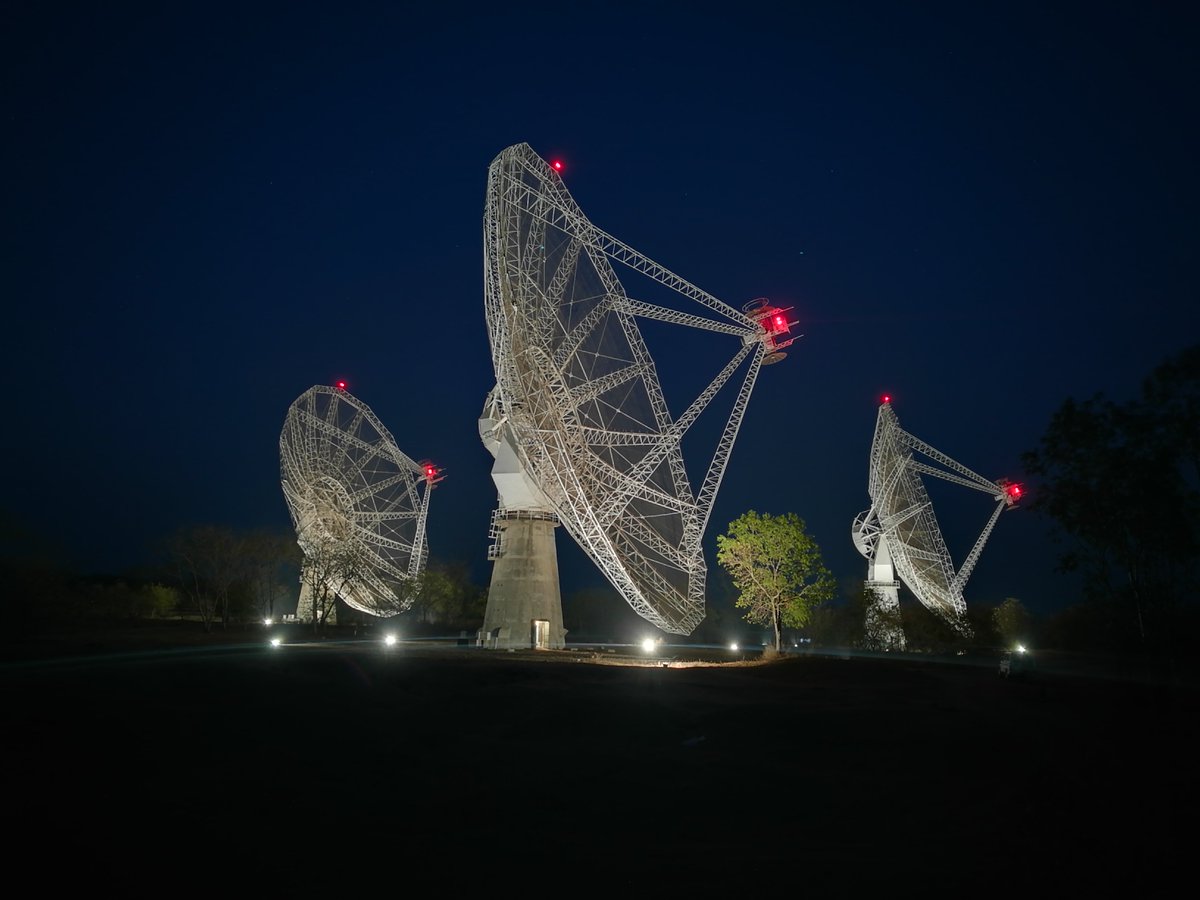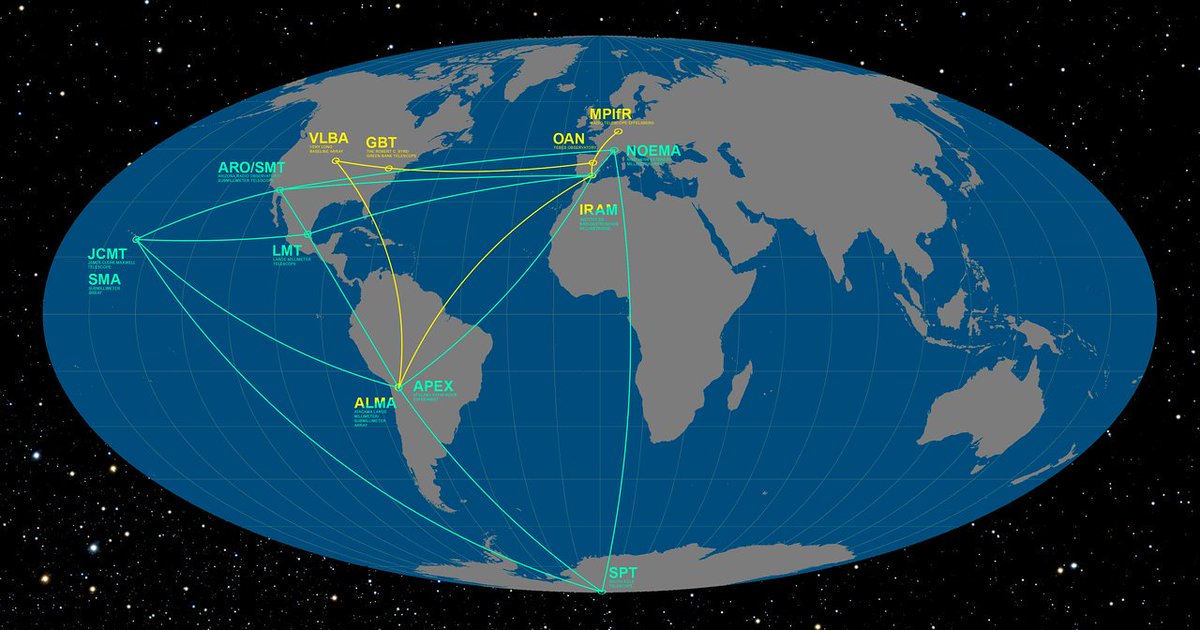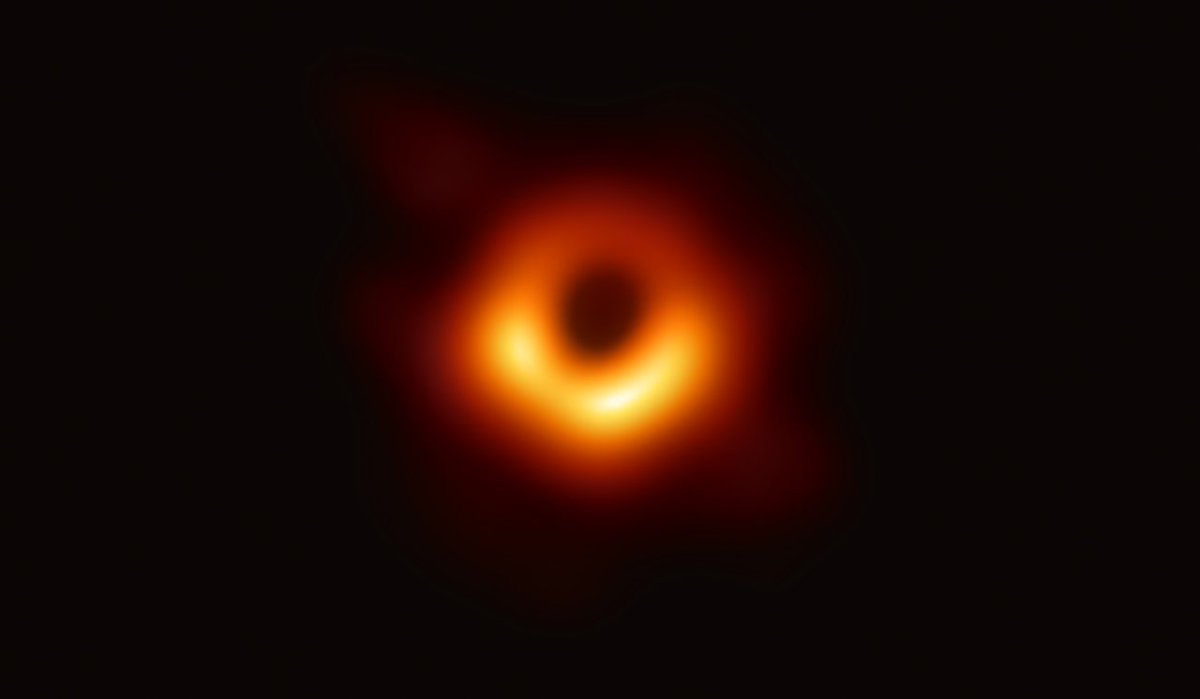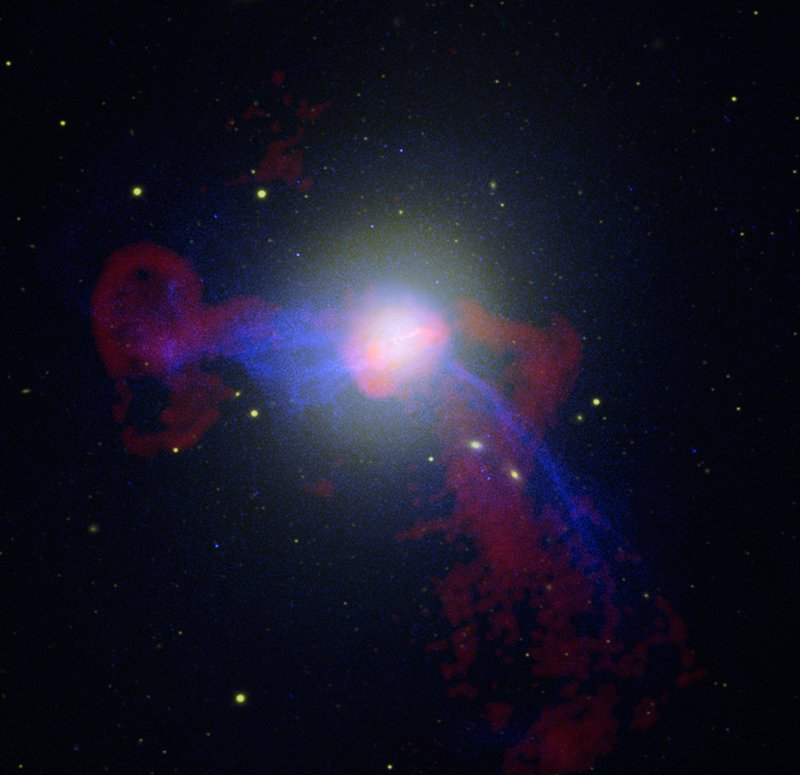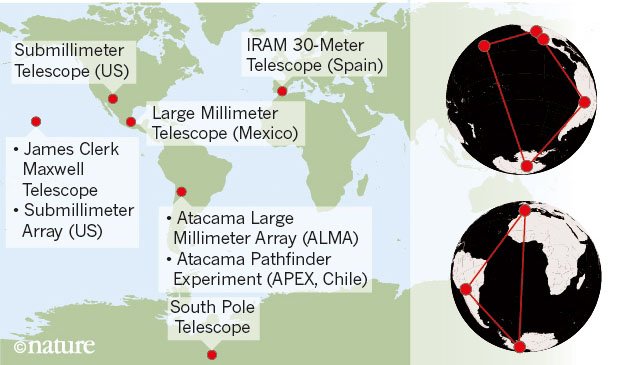. Press note on #EHTBlackHole at nsf.gov/news/news_summ… & eso.org/public/announc…. Why are we all excited about this? What will the @ehtelescope announce? How can we image a black hole?
See a lovely site hubble.stsci.edu/explore_astron… from @stsci. On to #EHTBlackHole now ...
e-education.psu.edu/astro801/conte…
ncra.tifr.res.in/ncra/main
